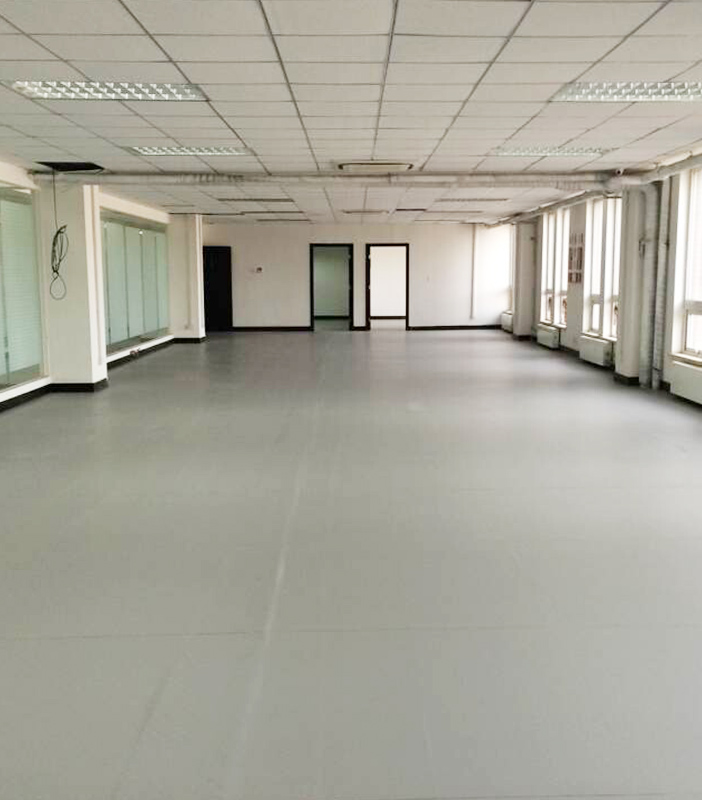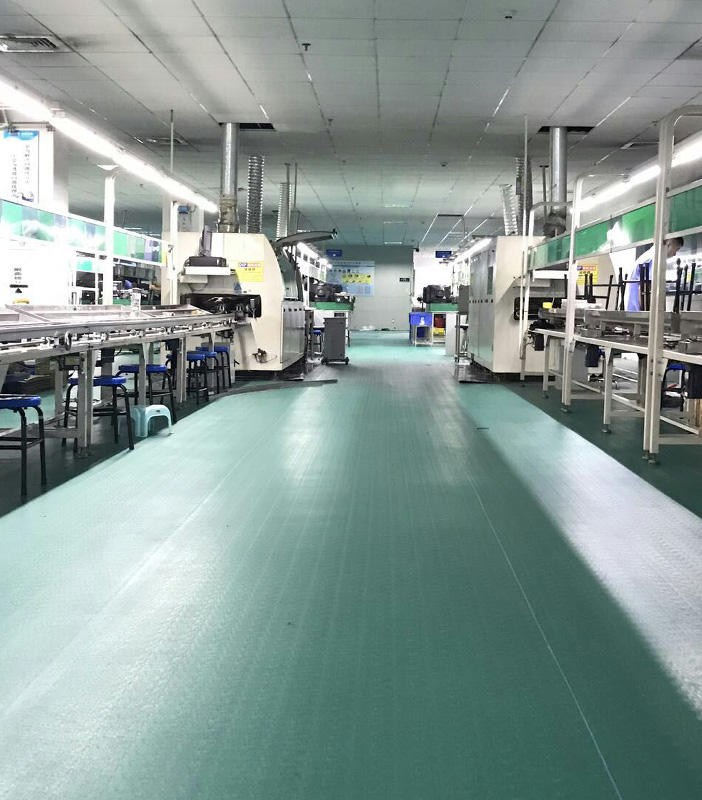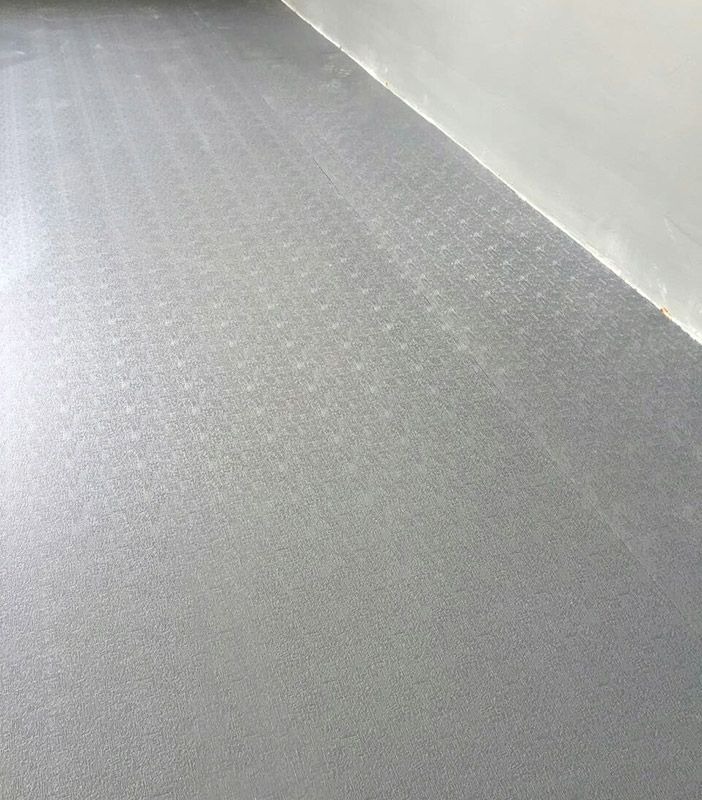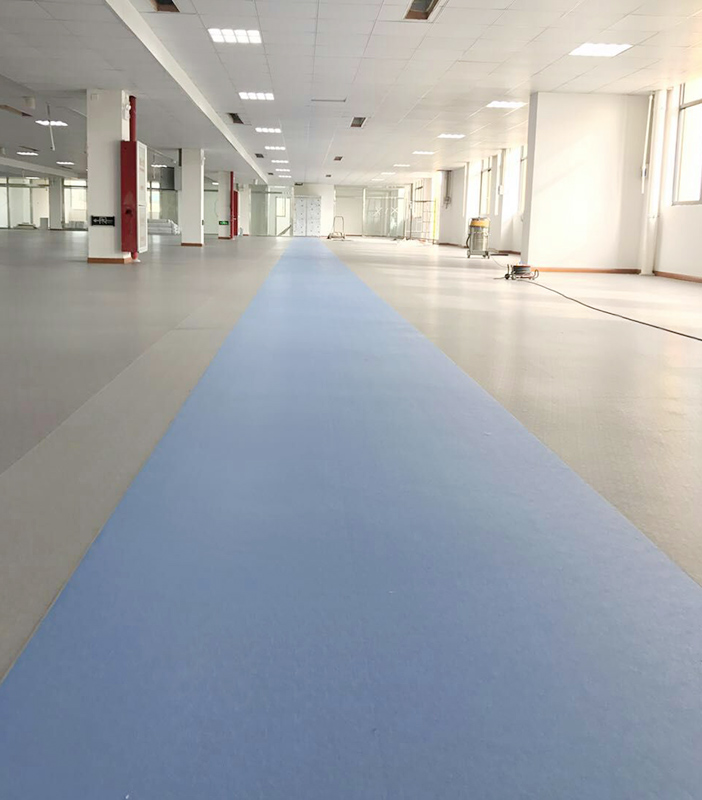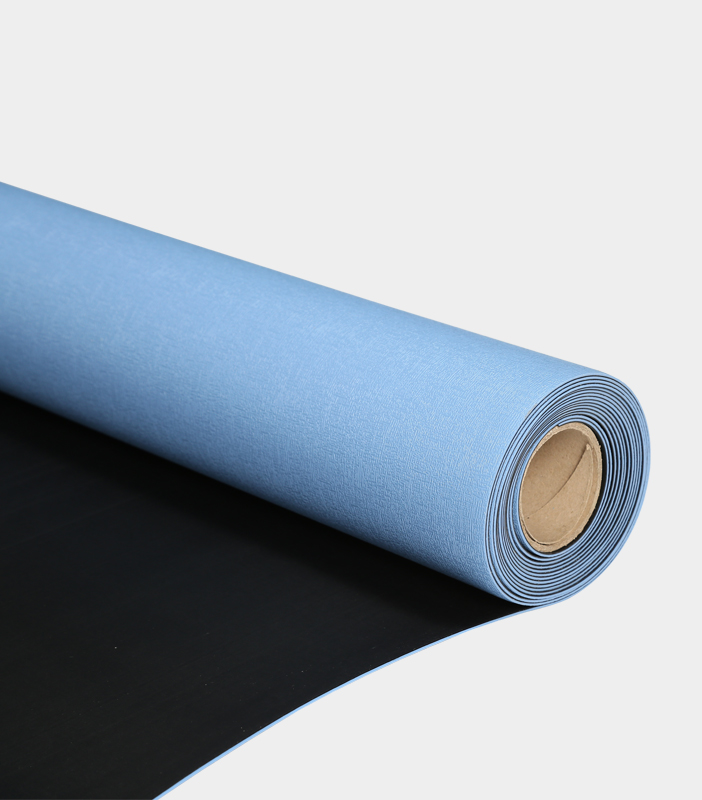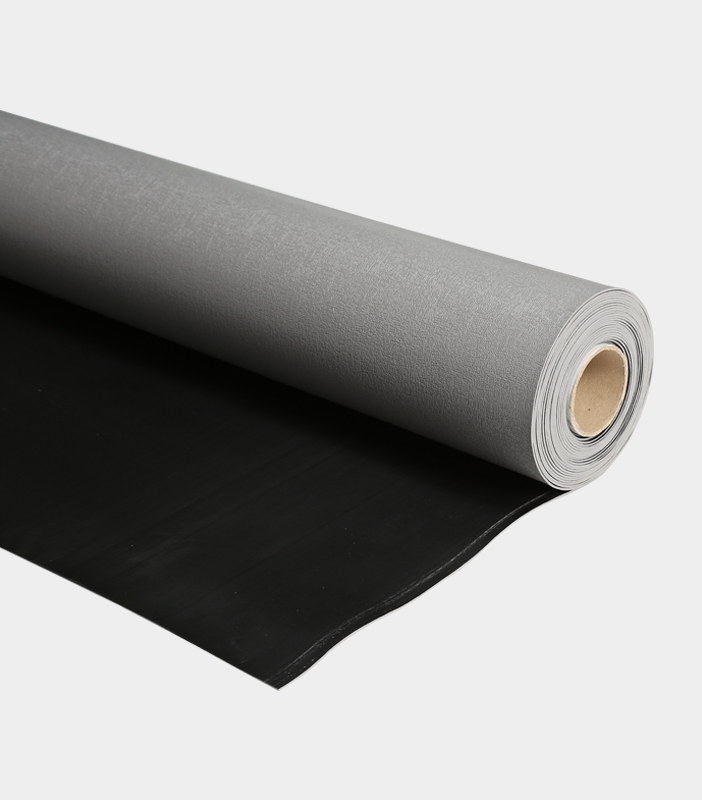Sale ESD Anti-Static Table Mats Factory Manufacturer Exporter
Electrostatic discharge (ESD) poses a serious risk to modern electronic devices, causing irreparable damage to sensitive components such as microchips, processors, and circuit boards. ESD can occur suddenly and without warning, often without visible signs, but its effects can be costly and damaging. One effective solution for mitigating the risks of ESD in various work environments is the use of ESD anti-static table mats. These mats play a critical role in preventing static build-up and ensuring that workers in electronics, manufacturing, and assembly industries operate in a safe and controlled environment.
ESD anti-static table mats are specialized surfaces designed to dissipate electrostatic charges safely. Made from conductive or dissipative materials, these mats help to prevent the accumulation of static electricity on work surfaces. They are typically used in environments where sensitive electronic components are handled or assembled, as static electricity can cause malfunction or permanent damage to these components. These mats serve as part of a comprehensive ESD protection strategy, working in tandem with other tools like wrist straps, grounding cords, and anti-static bags.
The primary function of an ESD mat is to provide a controlled surface that prevents static electricity from transferring to sensitive components. This is achieved by either absorbing or dissipating electrical charges into the ground, ensuring that there is no potential difference between the mat and the device being worked on. The resistance of the material used in these mats is carefully controlled to allow safe static dissipation without allowing a build-up of dangerous charges. By grounding electrostatic energy, these mats protect both the components and the workers from the adverse effects of ESD.
ESD mats are available in different types, each designed for specific applications. The two main types are conductive and dissipative mats. Conductive mats are generally used when an immediate and direct path to ground is required, while dissipative mats are used in environments where static charges need to be gradually discharged over a longer period.
The choice between conductive and dissipative mats depends on the type of equipment being handled and the environment in which they are used. In general, dissipative mats are more commonly used in electronics assembly, where more gradual dissipation of static is required, while conductive mats are often used in repair or testing environments where quick grounding is necessary.
To ensure the effectiveness of ESD mats, proper usage and maintenance are essential. Here are a few good practices:
Grounding the Mat Properly: It is essential to connect the mat to a ground source to allow for the safe dissipation of static charges. Proper grounding is one of the more critical factors in ensuring the mats perform as intended.
Routine Cleaning: Dust, dirt, and oils from hands can accumulate on the mat surface, which can affect its ability to dissipate static. Regular cleaning with a gentle cleaner designed for ESD surfaces helps maintain the mat’s efficiency.
Inspection for Damage: Over time, mats may suffer wear and tear, especially if used in high-traffic areas or harsh environments. Regular inspection for cracks, discoloration, or other signs of damage is necessary to ensure that the mat remains functional.
Avoid Overloading: Although ESD mats are designed for heavy-duty use, they should not be overloaded with too many tools or materials at once, as this can affect the grounding ability and performance of the mat.
ESD anti-static table mats are an indispensable tool for any work environment where electronic components are handled. They protect both the equipment and the workers from the potential damage caused by electrostatic discharge, ensuring a safe and efficient workspace.

 简体中文
简体中文 English
English España
España Deutsch
Deutsch